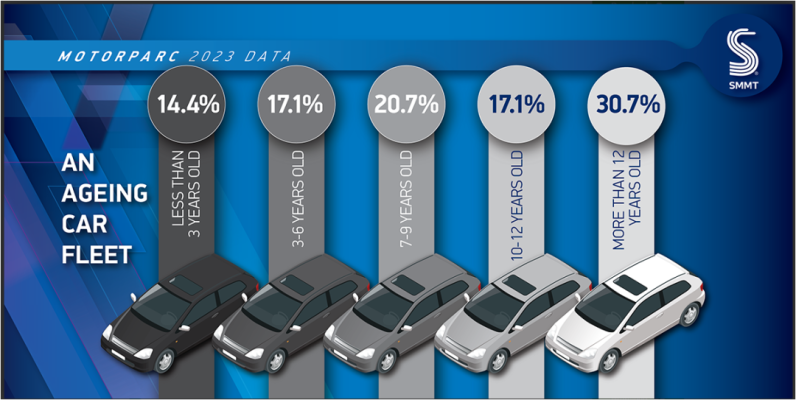As mentioned before EVs are powered by thousands (typically) of small individual cells, assembled (usually) into modules which are then linked together to form the battery. These cells
all degrade slowly in terms of usable capacity and internal resistance from the day they are made, regardless of use. They then degrade (more significantly) based on the number of charge/discharge cycles, charge and discharge rates and temperatures, being left standing at high (or low) charge levels, etc. This is all normal and expected, and if all goes well the battery will simply lose capacity over the years ... giving a slow reduction in range.
But if individual cells start to actually fail (resulting either in an internal short-circuit or excessive internal resistance) the modules containing them will (usually) shut down, giving a sudden reduction in usable capacity and/or power (depending on how the battery is configured). Cell failure can happen at any point - these are small & cheap mass-produced items, and there are normally many thousands of them in a battery. It may be that the car will continue to operate fairly normally with a module or two bypassed, but if enough die then it will cease to charge or drive properly (or at all). I believe this is what
@markjay experienced.
As
@Bellow said this is fundamentally different to an ICE powertrain, which barring individual design or manufacturing cockups (which EVs will also suffer from of course) has a very high probability of giving a long service life without ever needing to be completely replaced. As at the end of 2023 over 30% of cars on the road in the UK were more than 12 years old and I would wager that the vast majority of those would still have their original engines and transmissions.
View attachment 169682




